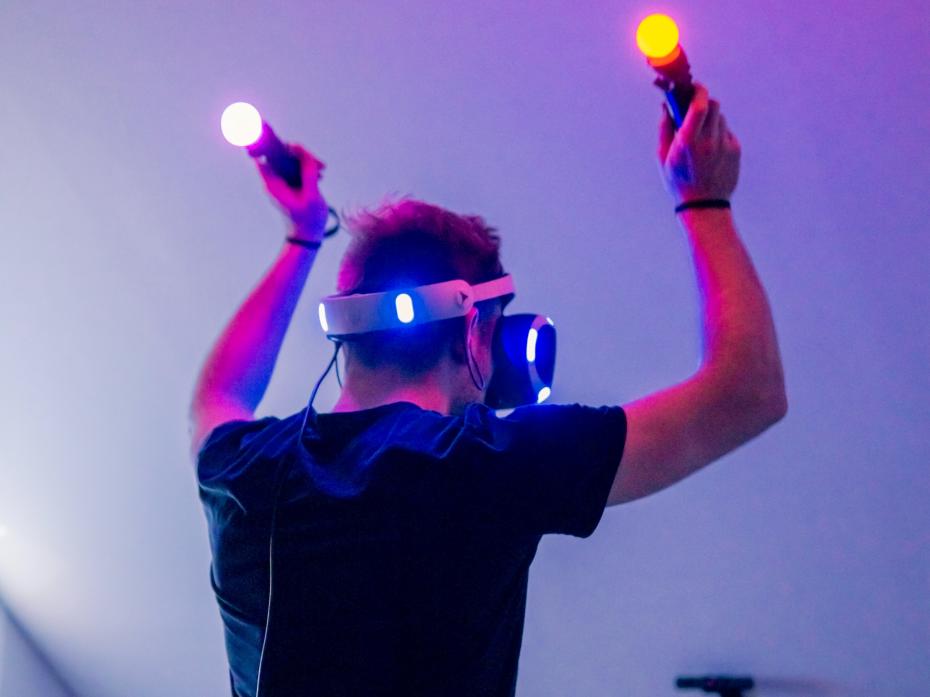Authentic learning experiences bridge the gap between theory and practice, preparing students for real-world careers. However, focusing on a single module can have its drawbacks. Instead, combining modules and reflecting the complexities of the professional world can create a more effective learning journey.
To deliver authentic learning, design a curriculum that aligns with real-world needs and industry standards. Provide projects and experiences in partnership with local businesses, organisations and communities. Assess students by measuring their performance in situations that reflect real-world challenges and make sure rubrics and assessment criteria are aligned with industry standards and expectations.
- Embrace the chaos of real-world learning experiences
- Beyond the classroom: why experiential learning is crucial in today’s world
- Experiential learning gives students invaluable workplace exposure
What is single-module authentic learning?
Single-module authentic learning can isolate learning experiences and prevent interdisciplinary connections, as it is subject-centric instead of offering a holistic approach.
Teachers tend to have more autonomy in designing and developing authentic assessment, which can result in very specific module learning objectives. While this makes single-module authentic learning easier to execute from the faculty’s point of view, it has limited real-world integration for students. It’s important for them to experience how one module relates to another.
Module collaboration for more authentic learning
Conversely, module collaboration provides a more comprehensive and interconnected set of authentic learning experiences. Students are encouraged to apply knowledge and skills from different modules to address multifaceted problems.
By working together to provide this interdisciplinary experience, teachers also modelled to students how to collaborate with others from different backgrounds.
Singapore Institute of Technology’s digital communication department brought together three first-year modules to mirror the advertising industry’s pitch process. Students were given one common industry brief to be answered separately in the modules “digital storytelling”, “digital image making” and “digital advertising, branding, campaigning”. This helped students understand different perspectives in approach to the same brief.
While the benefits are plenty, it is also challenging to design and implement such a teaching approach. Here is my advice:
-
Partner with closely related modules: Better scaffold the learning path by partnering with modules that are directly related either in the upstream or downstream of the same process. Partner with a module from the same level to better integrate the learning experience.
-
Use authentic assessment briefs: To mimic real-world operations, instructors should use the same project or assignment brief, sourced from the industry, to create more authentic challenges. Brief the students together and explain how the different disciplines dovetail.
-
Align formative assessment mechanisms: Getting different feedback from multiple instructors could be confusing to the students. While this is a good opportunity to educate them on managing multiple stakeholders, formative assessment and feedback needs to be guiding instead of contradicting. Instructors should ensure that they are aligned on the deliverables and guide students towards the same direction.
-
Make assessment rubrics clear: Rubrics need to clearly indicate which module students are being evaluated for. Some students may be strong in one area and weaker in another and could be unfairly over-rewarded or penalised.
Include knowledge integration in assessment
Evaluating students’ ability to integrate knowledge across multiple modules is important, but be careful not to duplicate it.
Single module authentic learning may be easier to execute for educators, but module collaboration can better prepare students for the complexities of the real world. It offers broader contextual understanding, diverse perspectives and will help students develop interdisciplinary problem-solving skills.
Angela Ng is a senior lecturer at the Singapore Institute of Technology.
If you would like advice and insight from academics and university staff delivered direct to your inbox each week, sign up for the Campus newsletter.




comment